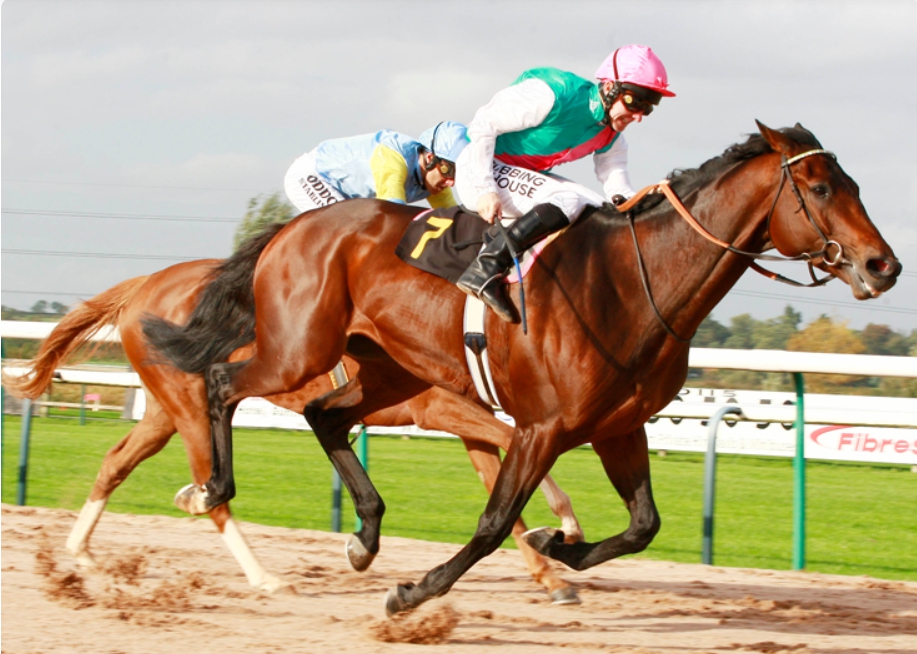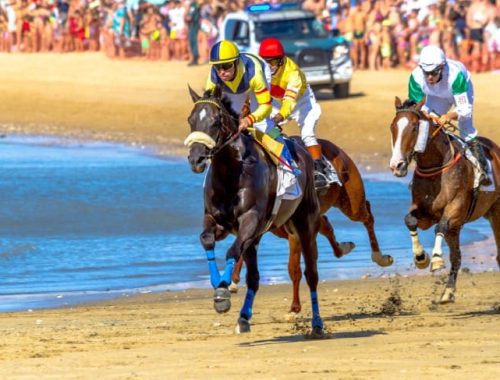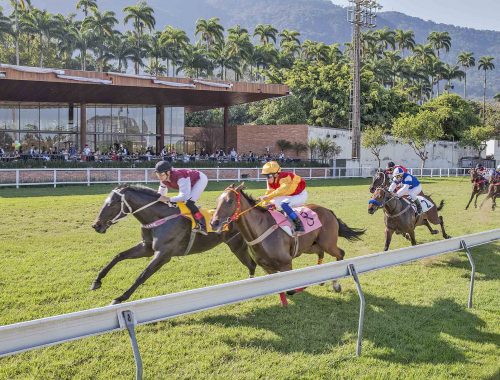
Horse Racing: different types of bets, strategy, predictions and analysis
Horse races are organized to determine the fastest horse on a given course or distance. Competitions differ in format and national traditions, for example, limitation of races for horses of a certain breed, races with obstacles, races on different tracks and at different distances, etc.
For people who are far from betting, betting is primarily associated with horse racing. There is an opinion that it was at the racetrack appeared first bookmaker’s offices.
But the ease of getting a win at the races is deceptive, because the horse races have their own nuances, as well as betting on them.
Horse races are organized to determine the fastest horse on a given course or distance. Competitions differ in format and national traditions, for example, limitation of races for horses of a certain breed, running with obstacles, races on different tracks and at different distances, etc.
Partly, horse races are held as sports competitions, but in most cases they are associated with gambling and betting.
Horse races are not included in the Olympic program, because horses, not riders, compete in them, although talks about including horse races in the Olympics have been going on for a long time.
Russian bookmakers rarely offer bets on domestic horse races, although they are held, the line more often appears events occurring abroad.
Win (bets on the winner)
Standard betting conditions, where the bettor needs to choose the winning horse. There is also the reverse, where players bet on the losing horse.
Show (betting on prizes)
The bettor is offered to bet on three horses at once, with the condition that they will be in the top three winners. In this option the number of prizes (more than three) can be varied and if a horse is among the winners then the bet is called prize.
Forecast (sequence of winners)
Players are asked to predict the sequence of finishing first two horses, another option is to guess the unspecified places, random.
There is also Tricast, where privateers predict the order in which the three horses will finish.
Who’s higher
Standard bet on two horses: you have to guess which one of them will be higher in the standings.
It should be noted at once that none of the strategies guarantees a 100% win, since numerous factors influence the victory, including the outsiders often outperform the favorites.
Trixie is one of the most common betting tactics for horse racing. First, the player chooses three leaders at different racetracks with odds from 2.00. Then the horses are combined into one bet, resulting in one triple express and three double expresses. A similar system is used for betting on two favorites, but two single bets and one express are placed.
The tactic of Al Capone’s accountant is to find races with high odds (about 4.00), where it is necessary to bet on several favorites at once. As a result of the victory of one of the horses, the player remains in the winnings.
The first thing to pay attention to at the races is the age of the horse. No matter how experienced a horse is, a young animal will always be faster and more frisky than its “older” counterpart.
The length of the races influences the outcome of the race in the following way: On long races the horse does not need a break, on the contrary, it should not need a break, but if the horse has raced short distances before the current competition, it needs a month’s rest. This should definitely be taken into account if the bettor intends to win a bet.
If the jockey does not weigh more than 60 kilograms, he has a better chance of winning. It is noteworthy that beginner jockeys are allowed to exceed this weight to optimize the balance with the horse.
Races are held on open hippodromes, so weather conditions can interfere with a good outcome. Before betting on the favorite, players are advised to find out the weather forecast.
But there is a nuance, the regulars of the racetrack prefer to bet not in the bookmakers’ offices, but on the totalizator, directly at the venue of the races. The difference is that in the bookmaker’s shop the odds for each horse separately, but in the totalizator the sum of the bets is combined and divided among the winners.
You May Also Like

What is a swinger bet in horse racing
19.01.2025
What does interrelated bet mean in 1xbet
16.01.2025
